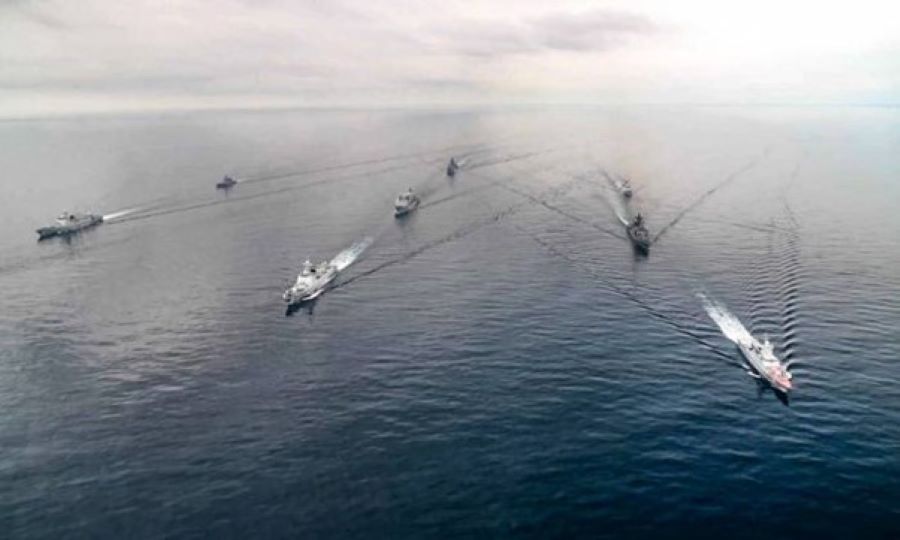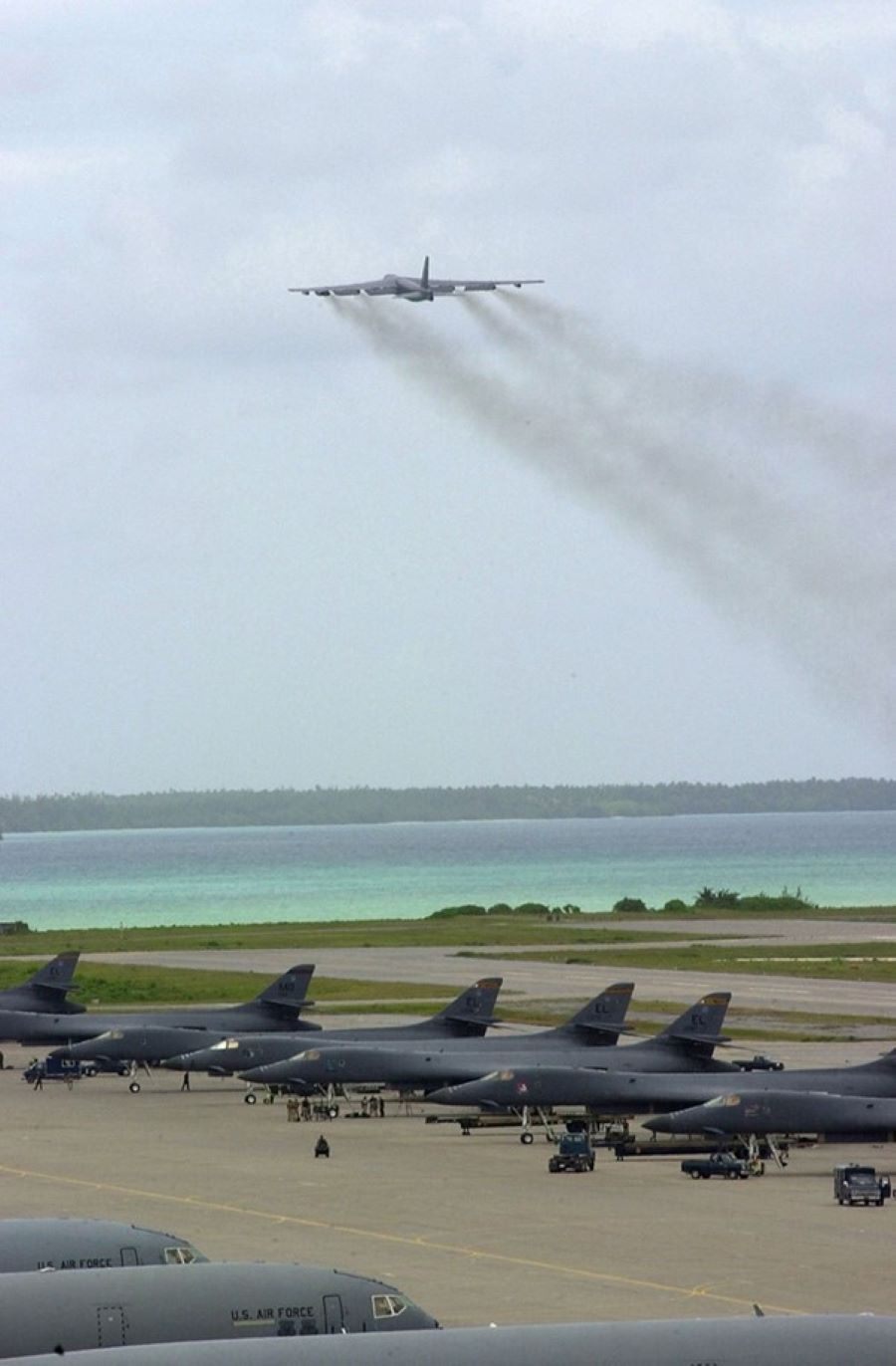EDITORIAL FOREWORD
As part of implementation of report of Group of Ministers on reforming National Security System, new defence procurement management structures and systems were set up in the Ministry of Defence (MoD) in Oct 2001. Accordingly Procedure for Defence Procurement of Feb 1992, in vogue then, was also revised resulting in a new Defence Procurement Procedure – 2002 (DPP-2002) that came into effect from 30 Dec 2002. DPP 2002 was applicable for procurements flowing out of ‘Buy’ decision of Defence Acquisition Council. Since then Defence Procurement Procedures have been revised several times and scope of each these seven DPPs has undergone a change as per details below:-
- DPP-2002 (Version Jun 2003): Scope enlarged to include procurement flowing out of ‘Buy and Make with Transfer of Imported Technology’ decision as well.
- DPP-2005: It incorporated Direct Offsets and Integrity Pact for procurement over Rs 300 crores.
- DPP- 2006: Fast Track Procedure and Procedure for Indigenous Warship Building of DPP 2001 were revised. Offsets were made mandatory for procurement over Rs 300 crores and integrity Pact was made compulsory for all procurement over Rs 100 crores. It was also decided that DPP will be reviewed every two years.
- DPP- 2008: Concept of issue of RFI was formalised so that vendors get advanced information of impending procurement. Trial procedures were streamlined. Offset banking was introduced.
- DPP-2011: Ship-building guidelines underwent comprehensive review. Revised guidelines were meant to provide a level playing field between state-owned shipyards and private shipbuilders. In defence offsets new DPP expanded the list of eligible products and services to include products for Internal Security” and “Civil Aerospace Product”.
- DPP-2013: Most important change was to accord primacy to buying equipment from Indian sources. Five categories were arranged in a descending order of priority, starting with ‘Buy (Indian)’ and followed by ‘Buy and Make (Indian)’, ‘Make (Indian)’, ‘Buy and Make’ and ‘Buy (Global)’. Another important change relates to indigenous content in equipment bought or manufactured within the country. DPP provisions relate to indigenization, such as its definition, reporting requirements, audit of self-certification and costs associated with the indigenous content. Provision has been made for withholding payments and for imposition of penalties for not achieving the required level of indigenization.
Defence Procurement Procedures provide comprehensive policy and Procedural guidelines for all Capital acquisitions for Armed Forces. Present DPP lays down policies and procedures for Capital Acquisition under following categories:-
- Acquisitions covered under the ‘Buy’ decision (Buy Indian & Buy global).
- Acquisitions covered under the ‘Buy & Make’ decision (Buy & Make (Indian) & Buy & Make with TOT.
- Acquisitions covered under the ‘Make’ decision.
- Acquisition under Fast Track Procedures.
Over the years MoD has made many important policy changes but procedural issues have not been adequately addressed. Primary objective of expeditious procurement is far from being achieved. It still takes years before a procurement concludes. Goal of achieving self-reliance in indigenous design, development and manufacture of defence equipment needs t guide us as we frame our DPP 2015.
DPP is uploaded on Ministry of Defence website (www.mod.nic.in) for enabling ease of access and increased public awareness of defence procurement procedures and processes. For vendors desirous of successfully venturing into defence procurement process, thorough knowledge of DPP is absolutely essential.





















